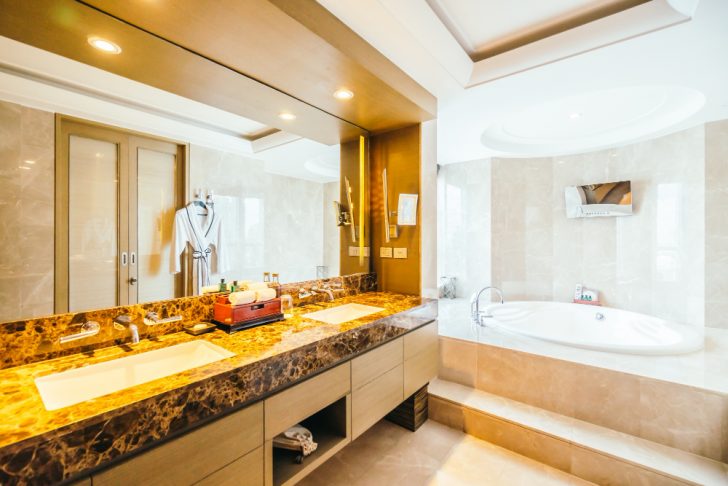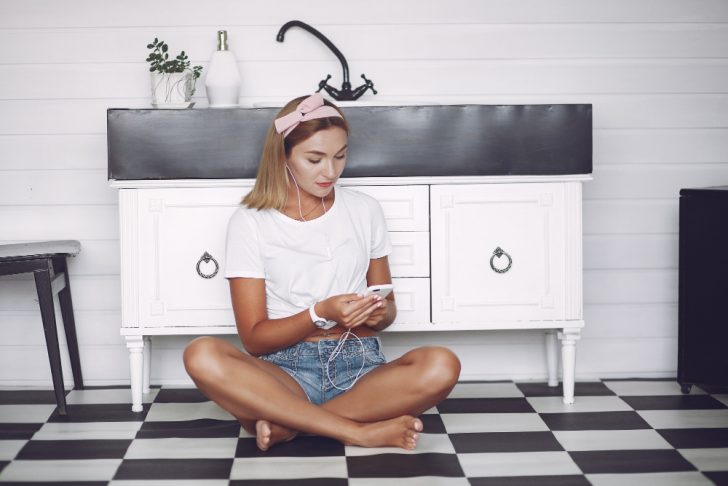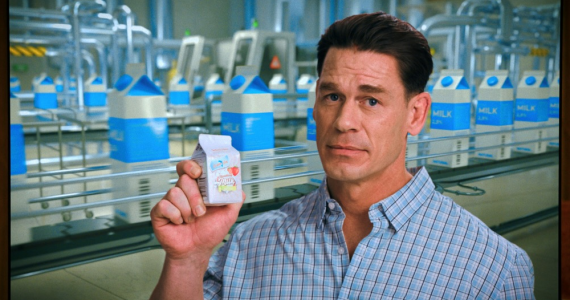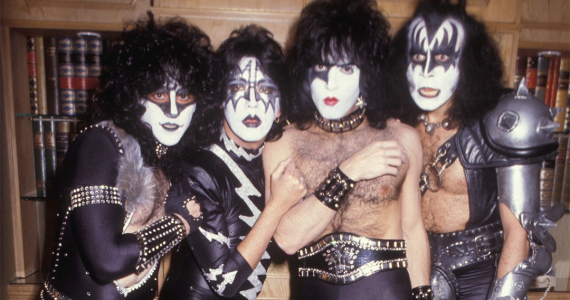Let’s be honest. The toilet is no longer just a place to do your business. It is your private reading nook, game zone, shopping center, and social media hub, all crammed into a few square feet and a glowing screen. What used to be a quick trip now lasts ten, maybe twenty minutes. And that is not because digestion got slower. It is because your smartphone came with you.
We have replaced magazines and shampoo bottle labels with TikTok, Twitter, and newsfeeds. That tiny break in the day? It is now prime time for memes, likes, and doomscrolling. But why the toilet? Why this space? And what does it say about how we think, feel, and live?
The Toilet as Sanctuary
Public bathrooms aren’t exactly inviting. They spark discomfort and even anxiety. Privacy feels fragile. Cleanliness is questionable. If you have ever hesitated before sitting down or flushed with your foot, you know the feeling. Now, imagine living with a condition like IBS. That stress multiplies fast.
That is why the toilet at home has become a kind of escape pod. You lock the door, shut out the world, and finally breathe. You are alone, it is quiet, and your phone is right there.

Today, many see the bathroom as part of a self-care routine. Think candles, playlists, and expensive soaps.
Still, public toilets didn’t keep up. They stayed loud, sterile, and uncomfortable. That gap matters. We crave privacy, but outside our homes, bathrooms don’t deliver. So when we find a safe one, we take our time. Our phones make it easier to stretch that time out.
Gaming, Dopamine, and the Bathroom Slot Machine
Gaming addiction is real. It is listed in ICD-11 and studied as drug dependence. Games hit the same brain reward centers. And it is not just teens. Adults also get hooked, especially on mobile games.
Now, think about how many people play Candy Crush or Clash Royale on the toilet. Quick rewards, fast levels, low commitment. The bathroom becomes a mini-casino. Tap, match, win, repeat. That dopamine hit doesn’t care where you are. The toilet just happens to be where no one judges your screen time.
Toilet Time as Digital Therapy?
Not all scrolling is bad. Social media, games, and YouTube shorts can lift your mood. They connect you to friends. They distract you from stress. They give your brain a breather. Positive psychology even says games can improve creativity and emotional balance.
But there is a line. Escapism is a double-edged sword. The more time we spend swiping in isolation, the more we avoid real problems. What starts as a harmless five-minute break can become a coping habit. The toilet becomes therapy, and the phone, your therapist.

Neat freak? Blame early childhood control issues. He called it the “anal character,” and while that theory’s outdated, the toilet’s psychological weight hasn’t vanished.
Disorders like paruresis, the fear of peeing in public, show how loaded these spaces are. People with this condition can’t go if someone is nearby. Others have trauma around using public restrooms.
Phones don’t just live in our hands; they live in our heads, and the constant buzz of information splinters our attention. Even in the bathroom, where things used to be quiet, we are multitasking.




